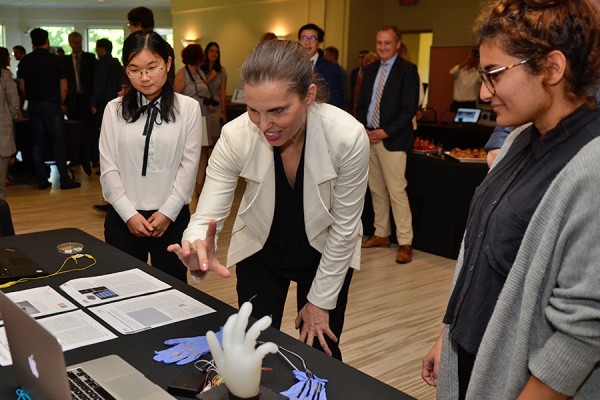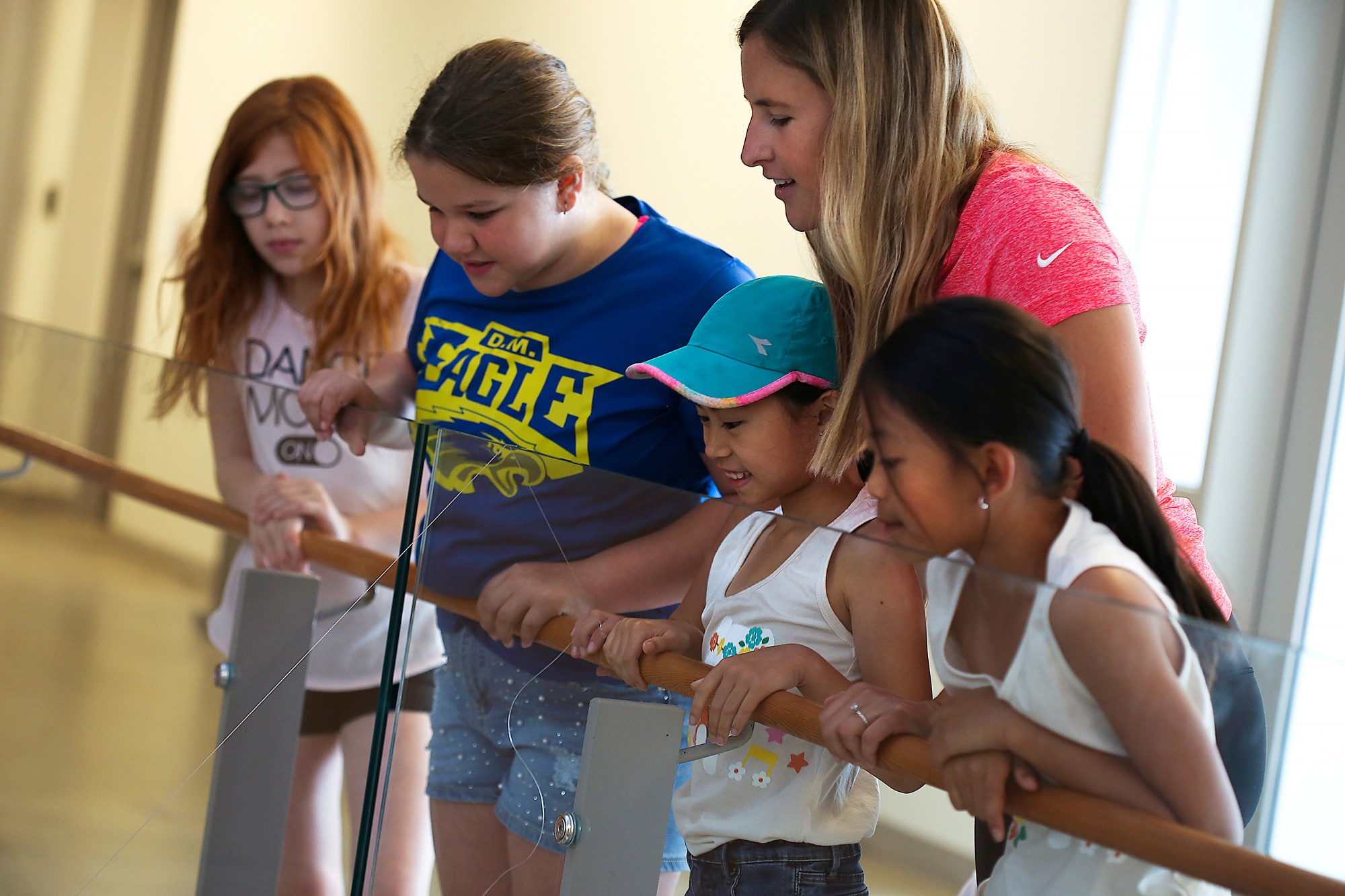
On April 20, 2018, residents of the Windsor area may have heard a rumble or felt unusual motion.
The initial assumptions on the source of the noise and motion were somewhat amusing before word spread that a magnitude 3.6 (Mw) earthquake had occurred. Most Canadians wouldn’t list earthquakes as a notable concern in their lives; however, contrary to popular belief, large areas of Canada are at significant risk due to seismic hazards.
In fact, some of the most highly densely populated areas of Canada (e.g. the west coast and the east coast along the St. Lawrence River) can and have experienced large earthquake events. A repeat of historical earthquake events in these areas could incur more than $60 billion in damage, and that’s not even the worst-case scenario!
From a structural engineering perspective, the primary objective is to protect life safety. The traditional approach to designing a structure for earthquakes anticipates and accepts that damage will occur. It is simply not feasible to design a conventional structure to withstand significant ground motions without damage. Alternatively, the structure is designed to be ductile and the damage is utilized as an energy dissipation mechanism. The major shortcoming with this approach is that often the damage is so severe that it is impractical to repair the structure and it must be demolished and rebuilt.
— Published on Jan 5th, 2021

UWindsor engineering professor Hoda ElMaraghy was inducted as a Fellow of the Royal Society of Canada during a ceremony Friday in Halifax.
Dr. ElMaraghy, a Distinguished University Professor in the Department of Mechanical, Automotive, and Materials Engineering, is director of the Intelligent Manufacturing Systems Centre and held the Canada Research Chair in Manufacturing Systems for 14 years.
During its Celebration of Excellence and Engagement, the society recognized her as a “world leader in manufacturing systems.”
— Published on Dec 23rd, 2020

A UWindsor engineering student has been invited to deliver a TED-Ed talk about her experience fleeing a war-torn country and starting a new life in Canada.
Staecey-Merveille Ngabire, a second-year civil engineering student, will join 12 students from across the globe Nov. 17 on the TED headquarters stage in New York City for the TED-Ed Student Talks. As part of TED-Ed Weekend, the full-day event invites students to share their ideas on a global stage.
Ngabire fled conflict in the east African nation of Burundi and moved to Ontario with her family when she was eight years old.
— Published on Nov 21st, 2018

The Canadian Minister of Foreign Affairs met with engineering students and faculty Tuesday to learn about industrial automation and manufacturing innovations taking place at the University.
Chrystia Freeland visited the Ed Lumley Centre for Engineering Innovation to meet with faculty and students who specialize in mechatronics, 3D printing, metal forming, and electric vehicles.
Mohammad Anvaripour, a PhD candidate in electrical and computer engineering, showed Freeland how he is developing complex systems to prevent collisions and improve collaboration between humans and robots in automated workplaces, such as an automotive assembly plant.
Doctoral candidate Hamed Kalami presented a cost-effective, 3D-printable hand brace he designed to assist people with connective tissue disorders.
— Published on Nov 21st, 2018

A project led by UWindsor researchers aims to provide local municipalities with a solution to toxic algae that wreak havoc on drinking water quality and wildlife.
Researchers in the environmental engineering department are examining the use of advanced water treatment options to remove cyanotoxins that have the potential to contaminate local drinking water sources as a result of harmful algal blooms(HABs). The blooms are largely caused by nutrients from farming activities, runoff from municipal wastewater systems and warm water temperatures.
“The issue of cyanotoxins produced by harmful algal blooms are now regularly being reported in many parts of Canada, including Lake Erie,” says Dr. Merih Uslu, a postdoctoral fellow working on the project under the supervision of Dr. Nihar Biswas, Dr. Saad Jasim and Dr. Rajesh Seth, of the Civil and Environmental Engineering Department.
— Published on Jan 5th, 2021

UWindsor researchers and students will share more than $6 million of more than $558 million in Discovery research funding announced Tuesday by Kirsty Duncan, federal minister of science and sport.
Duncan visited the University of Windsor campus to announce the funding as part of the government’s plan to attract global talent, promote diversity, and provide nearly 4,300 researchers and students across Canada with the means to pursue world-leading discovery work.
UWindsor interim president Douglas Kneale said the announcement provides a major boost to the advancement of science and engineering.
“Whether one’s area of research is a singular endeavour or a team effort, whether it’s curiosity-driven or hands-on applied, this investment in researchers at the University of Windsor and elsewhere will pave the way to untold discoveries,” he said.
UWindsor boasts nearly 30 Discovery Grants recipients focused on research in such areas as advanced manufacturing and ecology.
— Published on Jan 5th, 2021

UWindsor students got a first-hand look last week at the challenges engineers face when working on heritage projects.
Visual Arts and the Built Environment professor Jason Grossi and sessional instructor William Tape led 48 fourth-year civil and environmental engineering students through the site of the future Windsor Public Library branch in historic Sandwich last Friday.
Grossi said the new library holds many lessons for students.
“The new library is really the unification of two historic structures connected by a contemporary addition,” he said. “The completed complex will rise from the historic fire hall at the front of the property and connect to the middle 19th-century stables at the back that pre-date the 1921-built fire hall.”
Grossi said connecting the two structures took a lot of careful design and “a little bit of whimsy.”
— Published on Jan 5th, 2021

Campers had a hard time picking their favourite activity at UWindsor’s Engineering Lancer Summer Camp.
“I loved everything. I can’t pick one thing. We built stuff, we had fun, we were creative,” says Emma Hobbs, 9, a Grade 5 student at D. M. Eagle Public School. “I love engineering.”
The week-long camp hosted 60 children between the ages 8 and 12. Participants were introduced to a variety of engineering-related concepts, including aerodynamics, forces and motion, fluid dynamics, material strength, and the design process.
The July 9 to 13 camp included outdoor activities and swimming at the St. Denis Centre.
— Published on Jul 23rd, 2018
 How one engineering graduate student is turning convention on its head to deliver a vital human resource – clean drinking water.
How one engineering graduate student is turning convention on its head to deliver a vital human resource – clean drinking water.
Dylan Verberg is an environmental engineering graduate student from the University of Windsor who spent nearly five months in the Indian capital, Delhi, contributing to an international research project funded by the India-Canada Centre for Innovative Multidisciplinary Partnerships to accelerate community transformation and sustainability (IC-impacts).
Growing up on a farm, Dylan’s experience with small construction projects has proved invaluable in his current challenge – deploying equipment in the New Delhi, India drainage pond in an attempt to improve the quality of a water system that serves as a lifeline for nearly 60 million people.
“For this project, we needed to solve a massive issue threatening a vital human resource – clean drinking water,” Verburg said. “To do this, we had to create a paradigm shift from traditional sewage management techniques and develop a tailored approach. Using the infrastructure available and highly optimized existing technology, we have been able to demonstrate the potential of utilizing and rejuvenating a polluted water body into an active environmental wastewater treatment plant.”
— Published on Aug 1st, 2018

Two University of Windsor Master of Engineering Management students have turned their class business plan into a reality.
Easa Ahmadzai and Samer Toukan say their Master of Engineering Management (MEM) courses in finance, accounting, entrepreneurship and marketing helped them found Archery Mayhem— a combat archery game similar to dodgeball but instead uses bows and soft foam-tipped arrows.
“We do everything from finance and IT to designing bows and arrows, and marketing,” Toukan says. “And all of those skills are skills we picked up in the MEM program.”
The two launched Archery Mayhem in April 2018 and say the response “has been excellent.”
“Our customer retention is more than 50 per cent week over week. As soon as people know about us, they keep coming back. We think our experience is second to none in Windsor,” adds Toukan.
Offered by the Faculty of Engineering in partnership with the Odette School of Business, the MEM program is the only weekend engineering management degreeoffered in the province.
The two-year program allows working professionals like Ahmadzai and Toukan to earn their master’s degree without interrupting their careers.
— Published on Jan 7th, 2021









 How one engineering graduate student is turning convention on its head to deliver a vital human resource – clean drinking water.
How one engineering graduate student is turning convention on its head to deliver a vital human resource – clean drinking water.